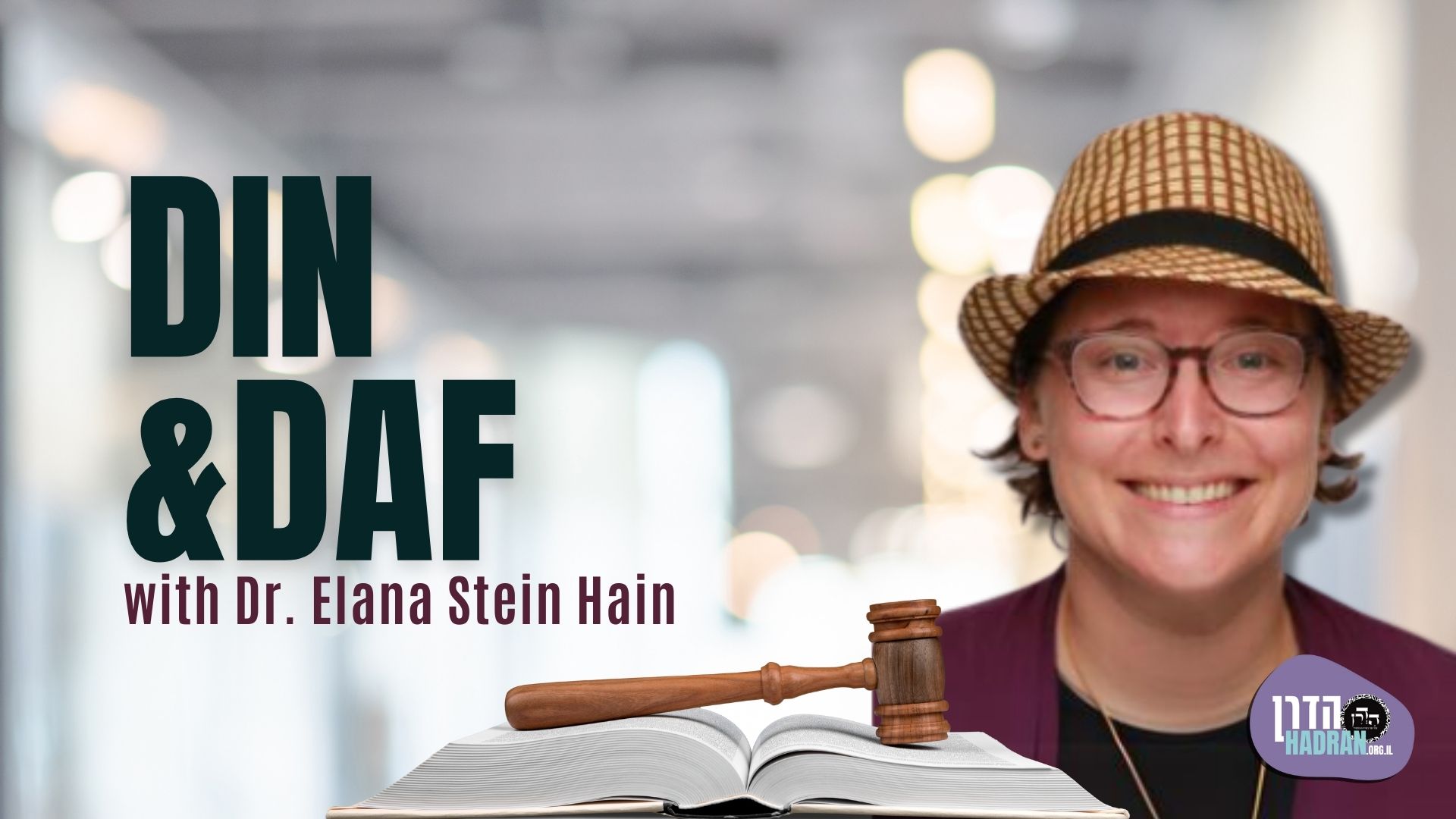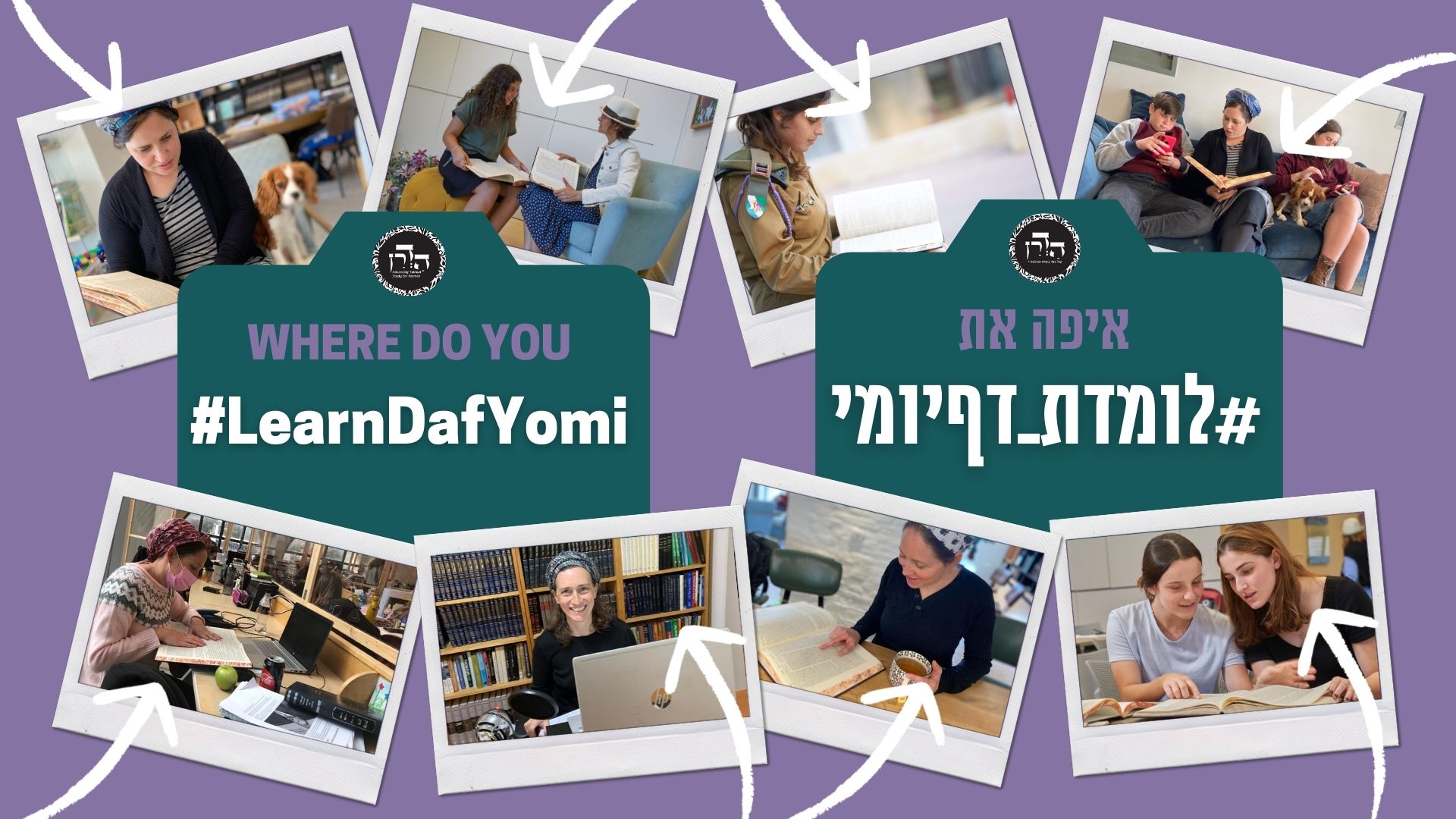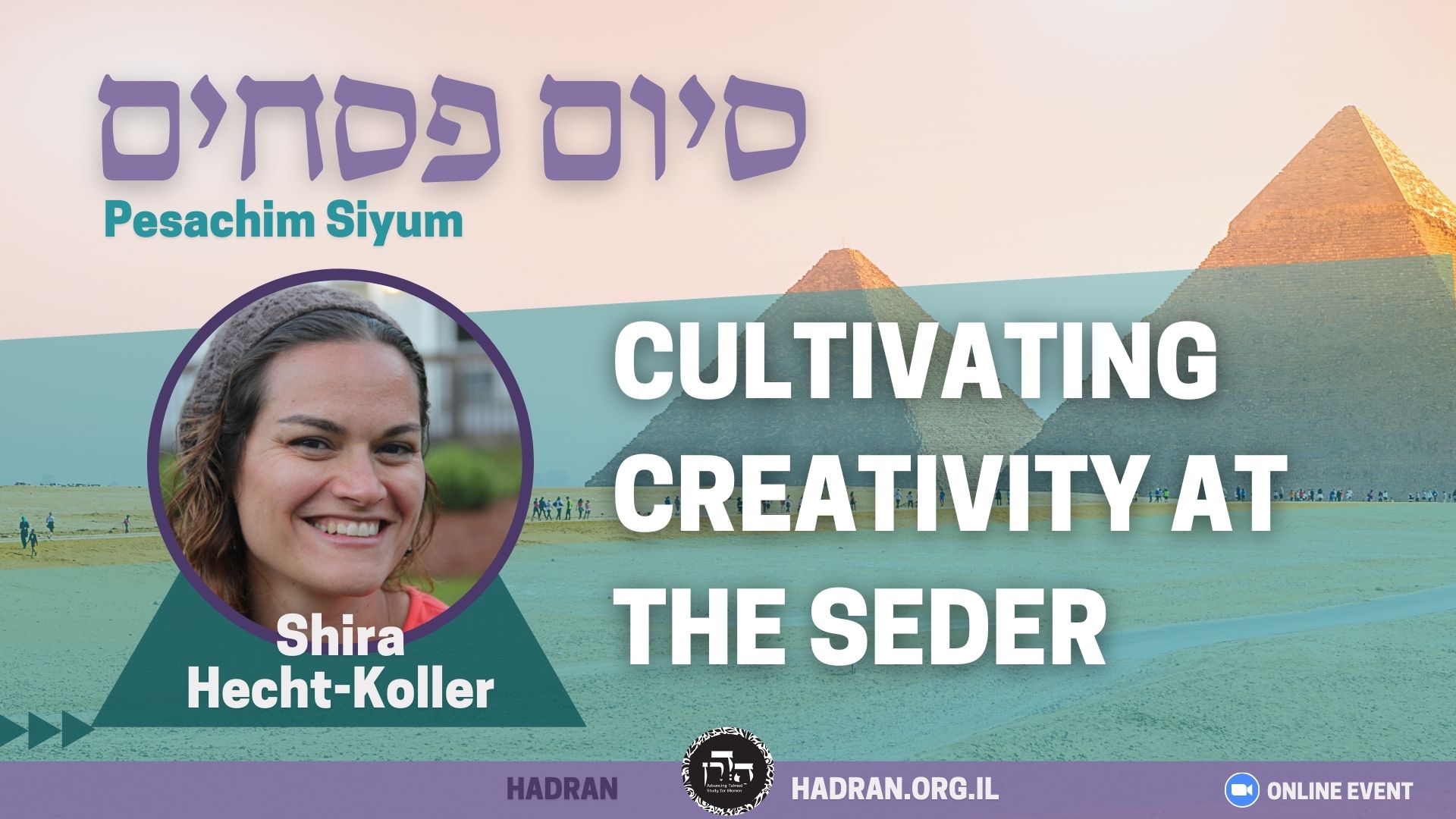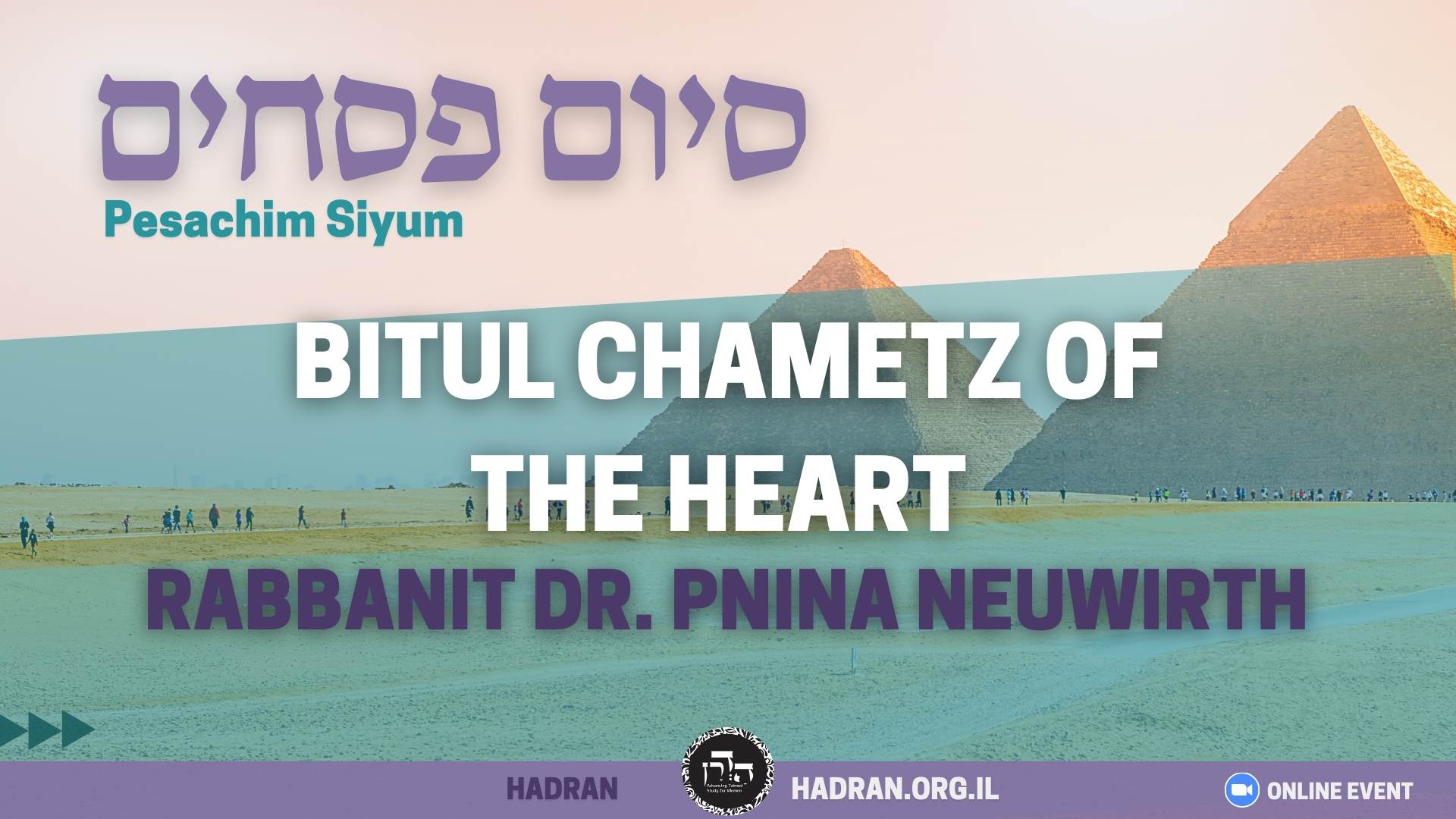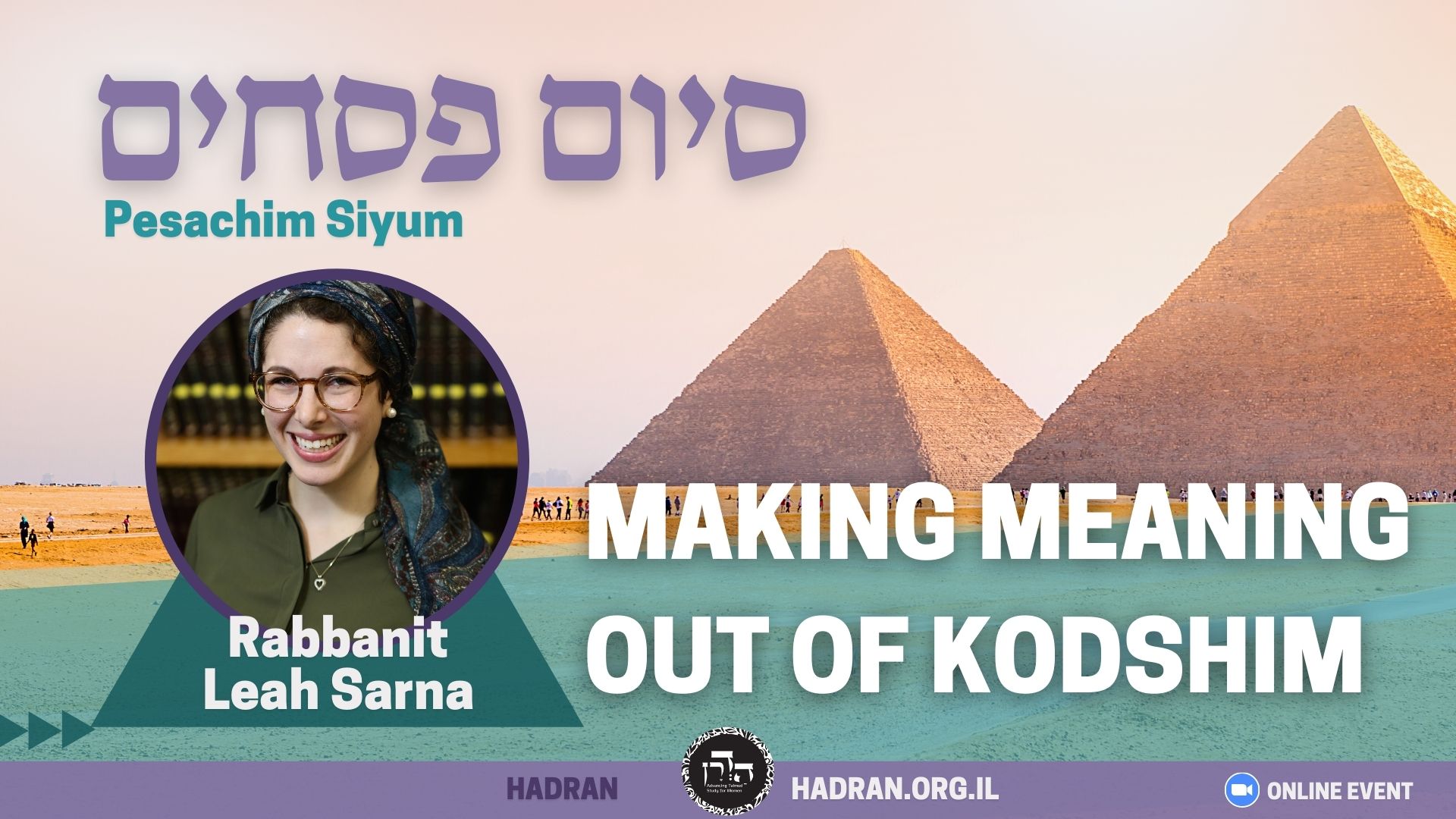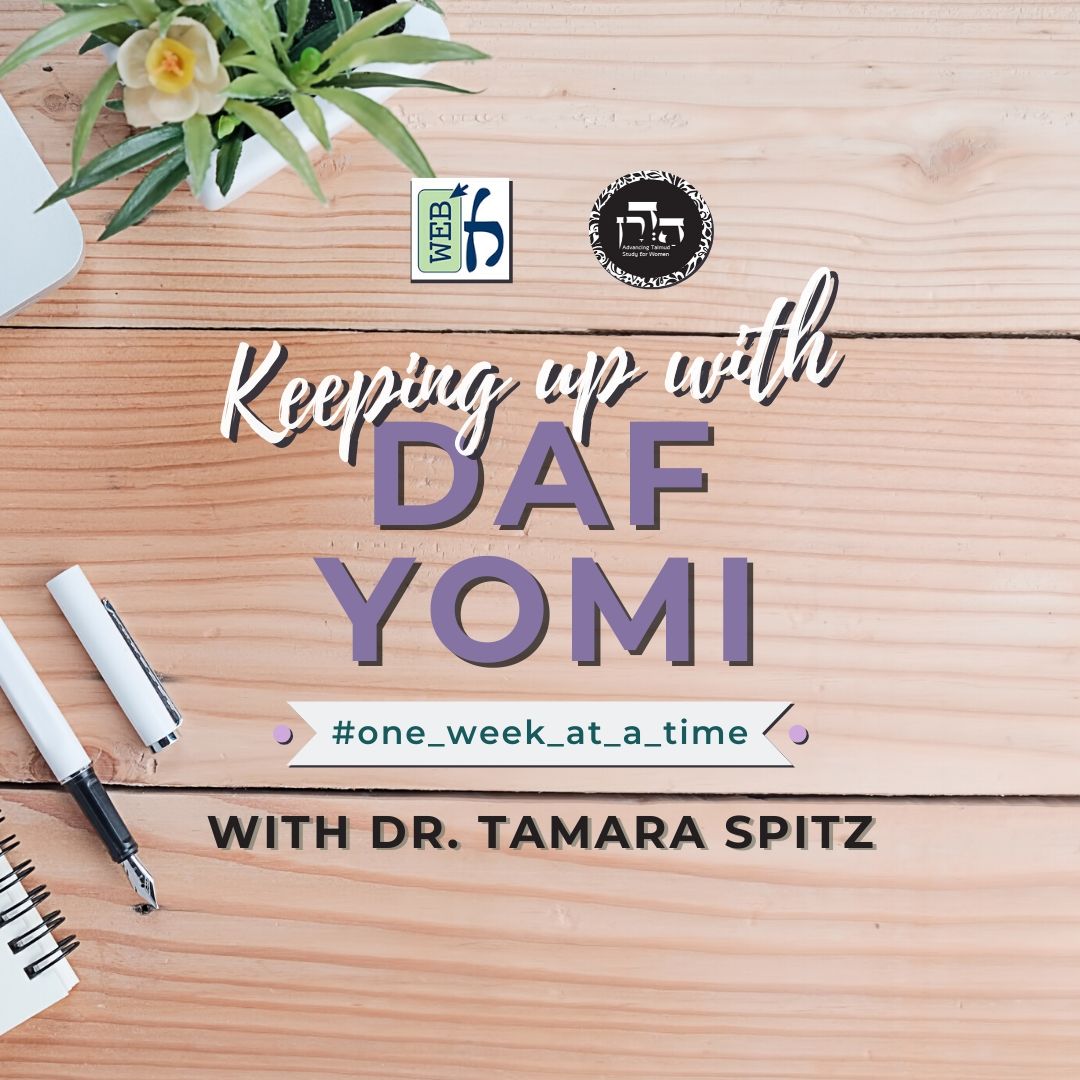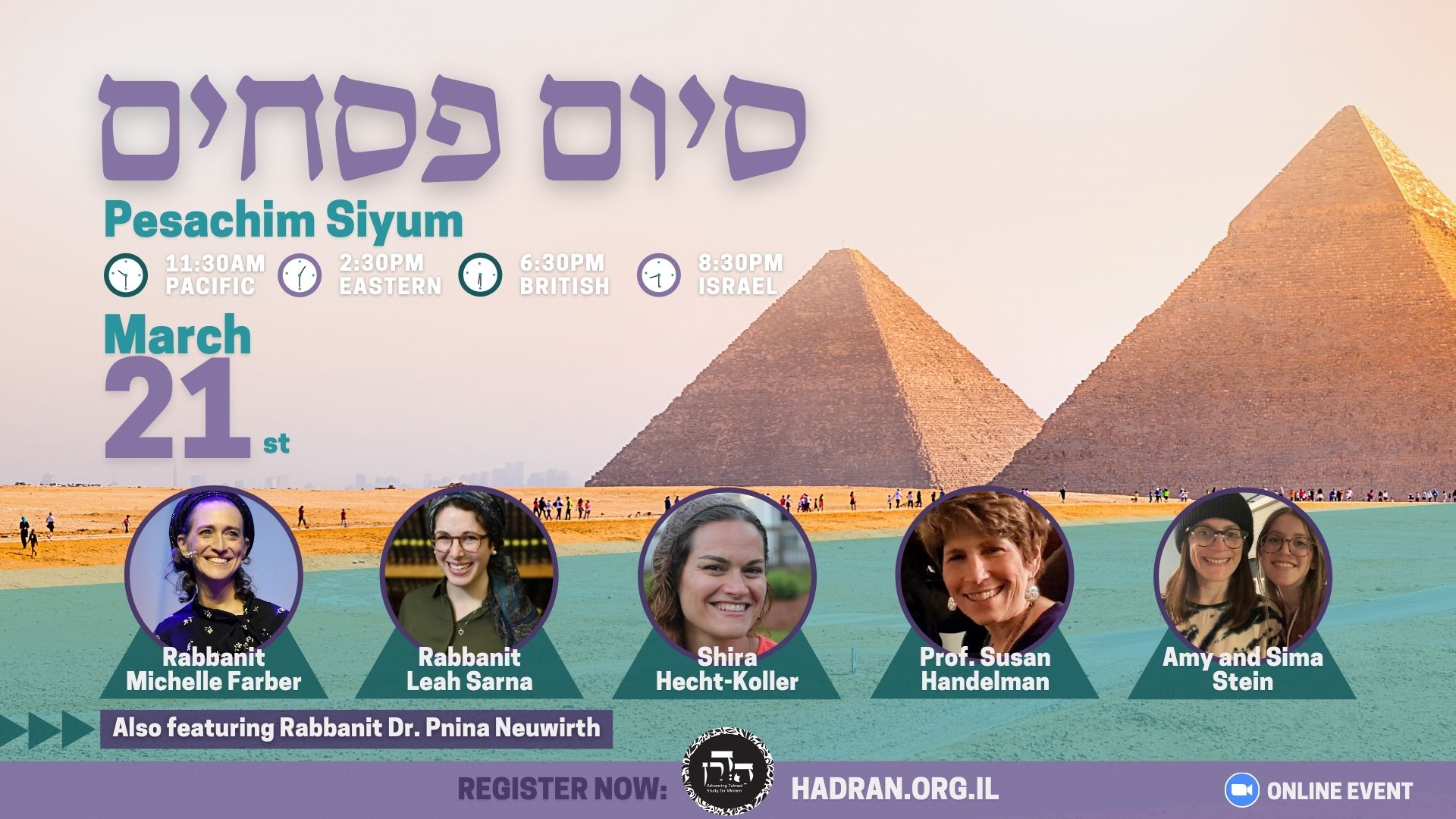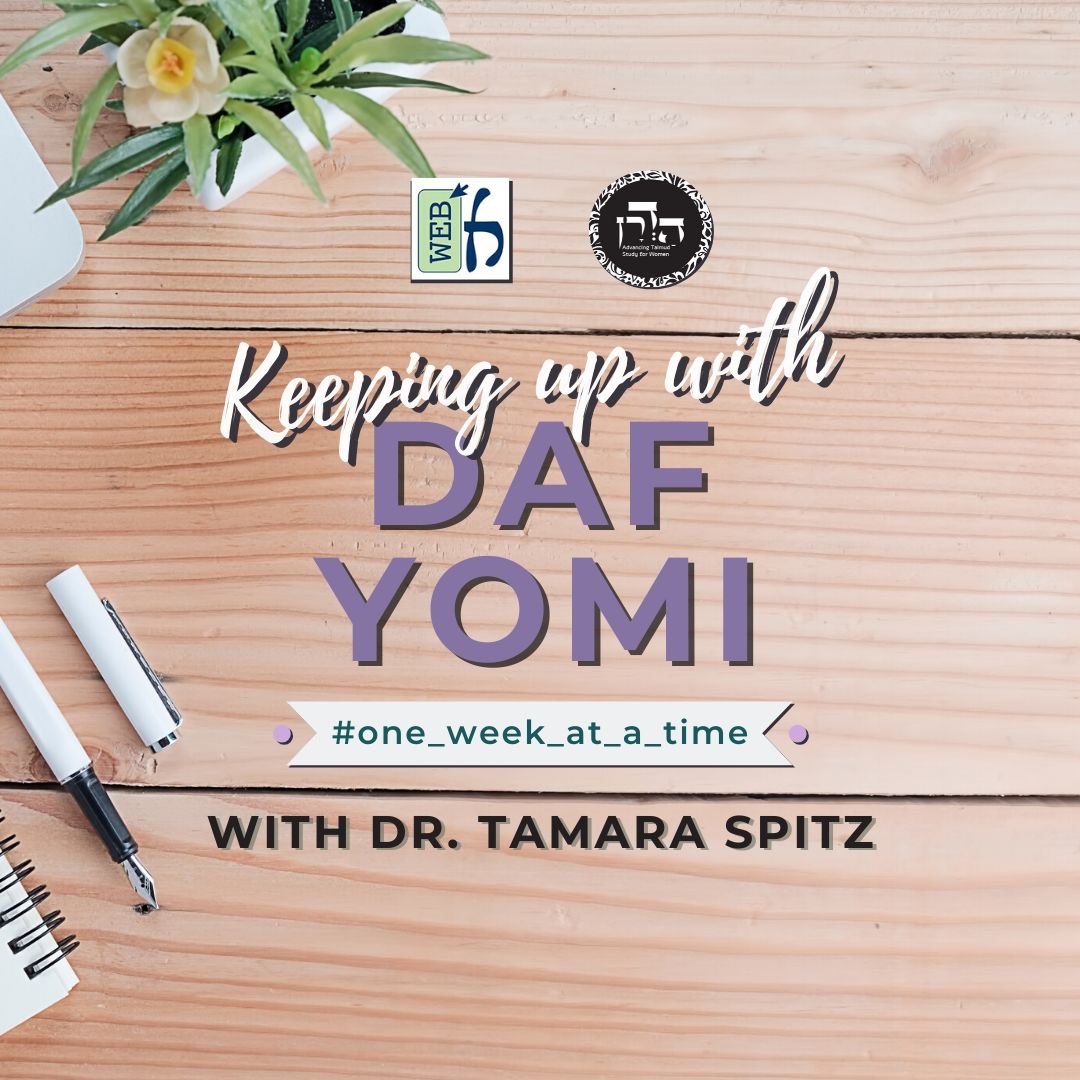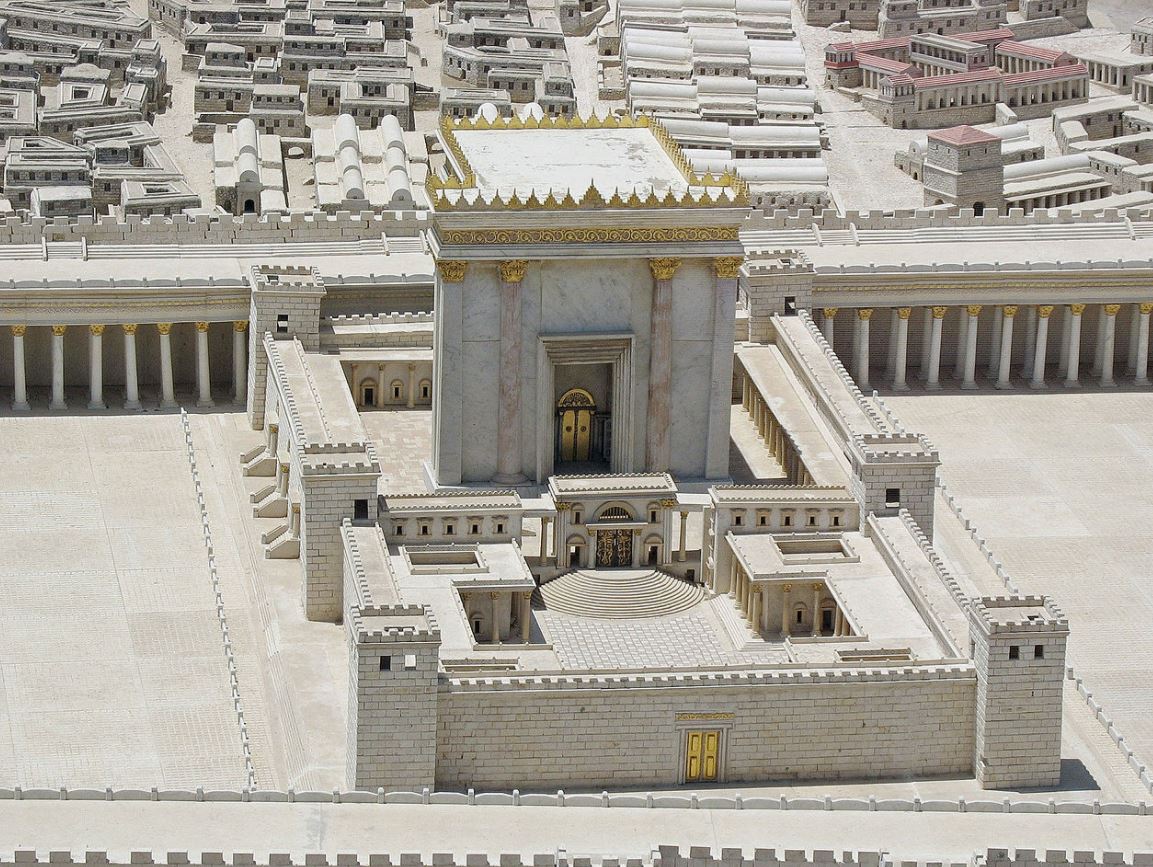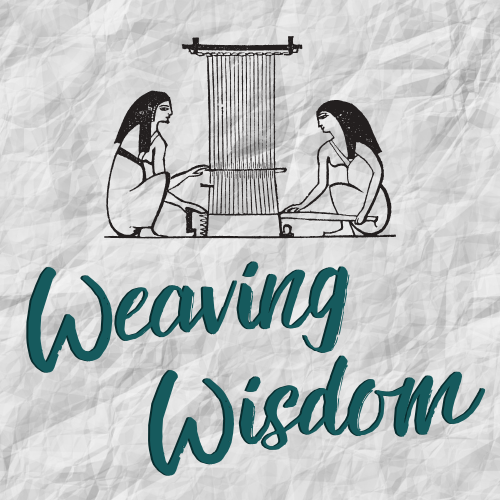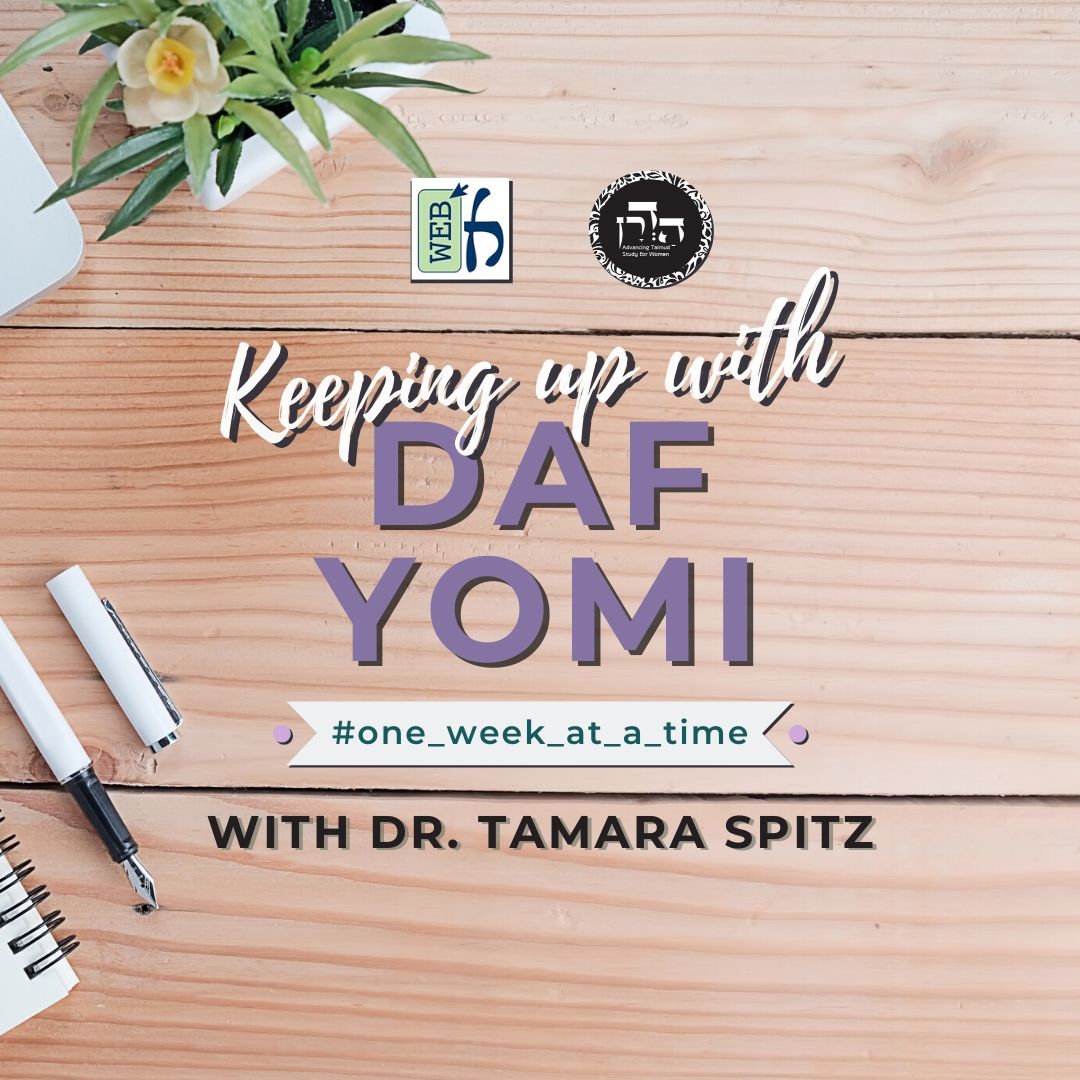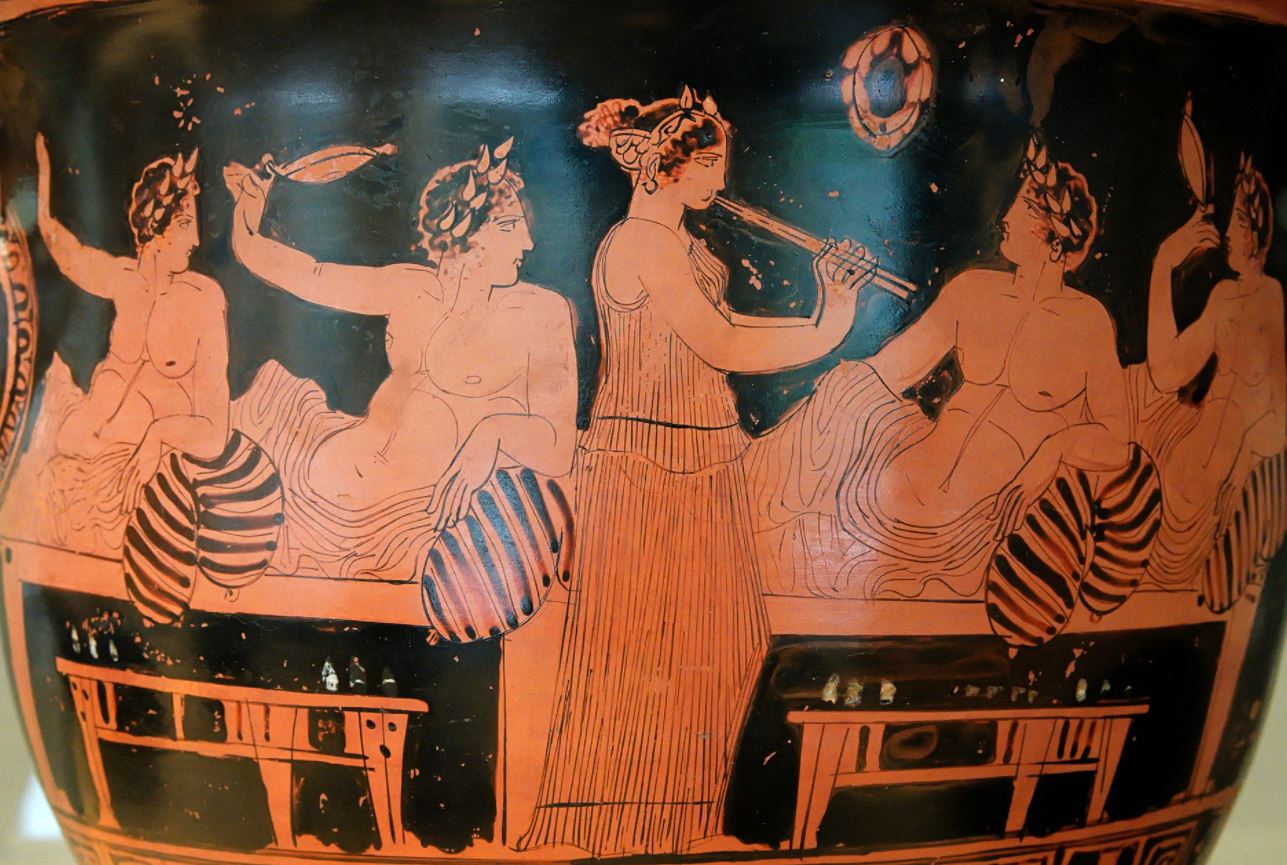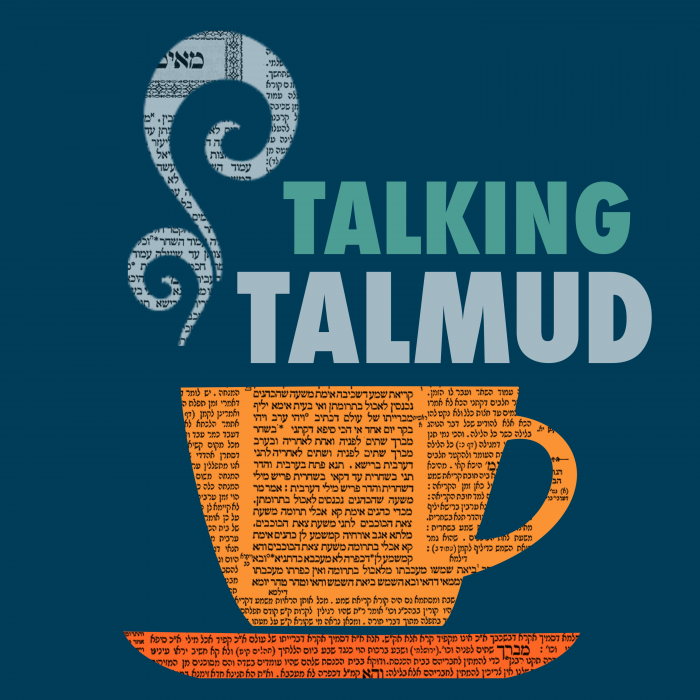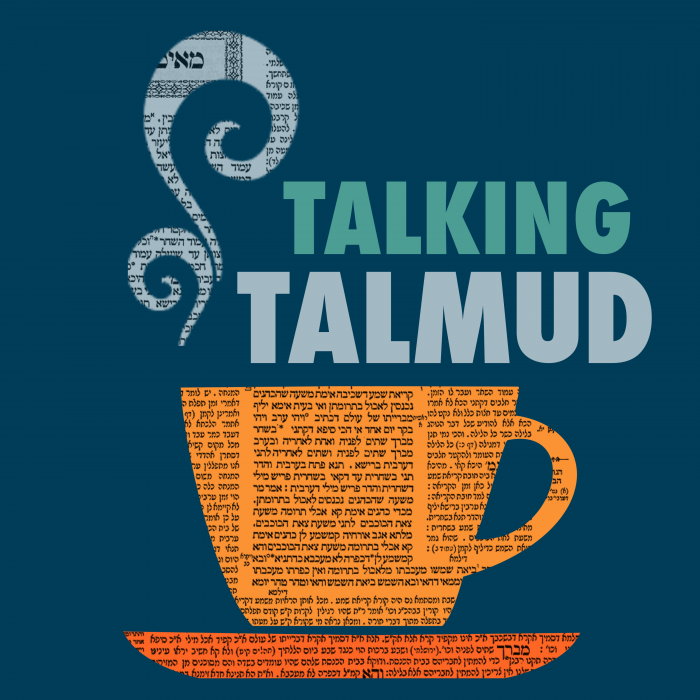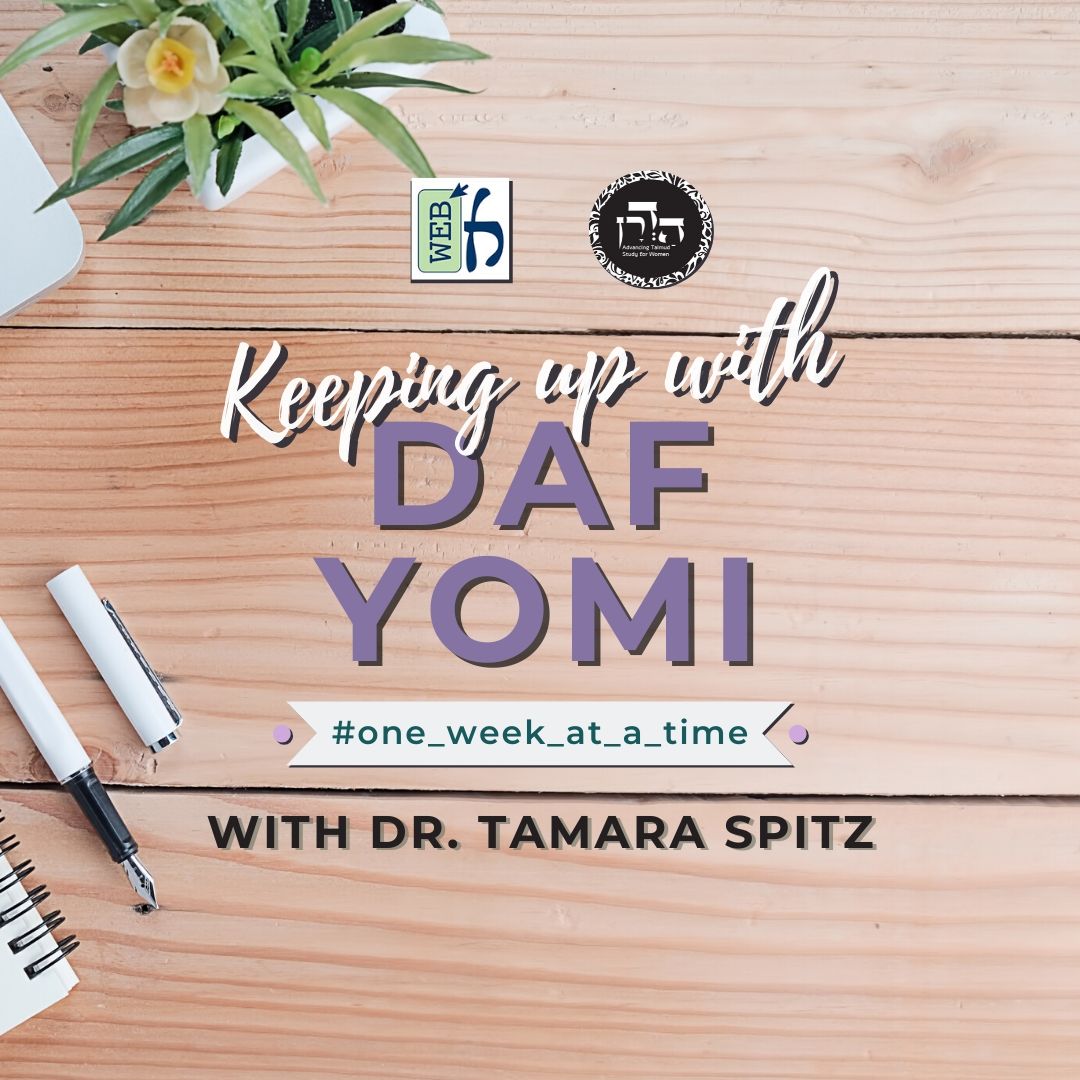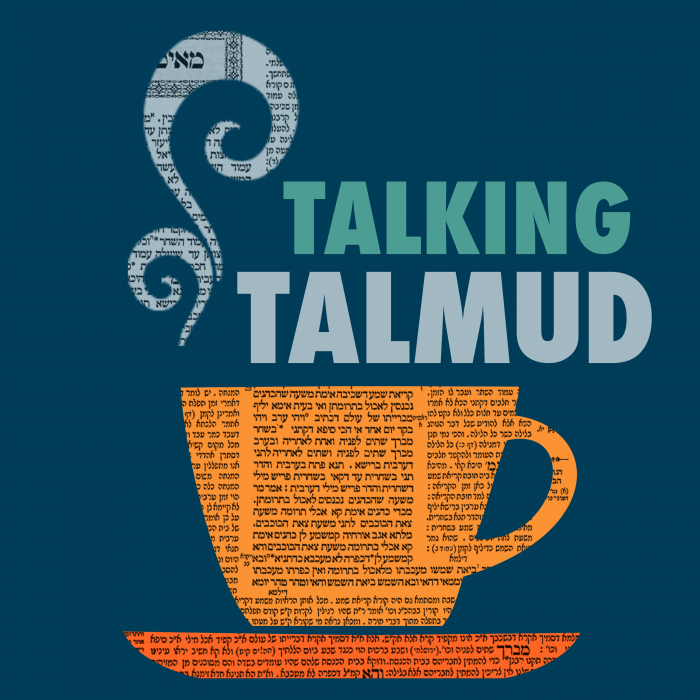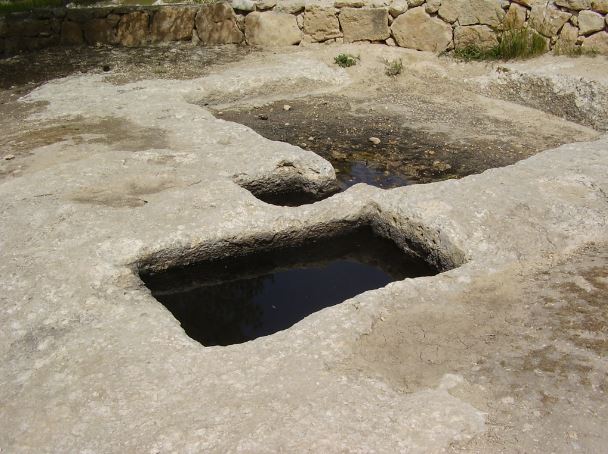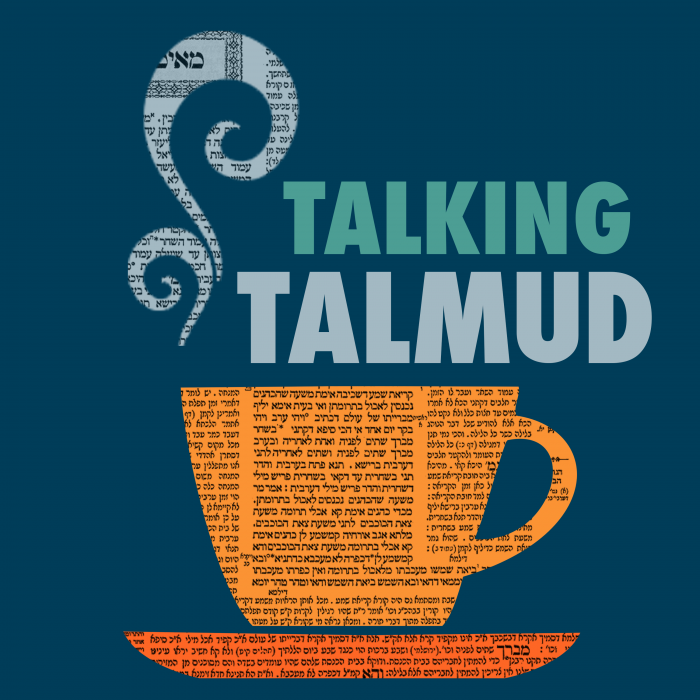Pesachim 85
לָא, הָכִי קָאָמַר: אֶחָד עֶצֶם שֶׁיֵּשׁ עָלָיו כְּזַיִת בָּשָׂר מִבַּחוּץ, וְאֶחָד עֶצֶם שֶׁאֵין עָלָיו כַּזַּיִת בָּשָׂר מִבַּחוּץ, וְיֵשׁ עָלָיו כַּזַּיִת בָּשָׂר מִבִּפְנִים בִּמְקוֹם שְׁבִירָה.
No, that is not what it means to say. Rather, this is what it is saying: It is prohibited to break both a bone upon which there is an olive-bulk of meat on the outside and a bone upon which there is not an olive-bulk of meat on the outside, but there is an olive-bulk of meat, i.e., bone marrow, on the inside at the place of the break.
וְהָתַנְיָא: ״וְעֶצֶם לֹא תִשְׁבְּרוּ בּוֹ״ — אֶחָד עֶצֶם שֶׁיֵּשׁ בּוֹ מוֹחַ, וְאֶחָד עֶצֶם שֶׁאֵין בּוֹ מוֹחַ. וּמָה אֲנִי מְקַיֵּים ״וְאָכְלוּ אֶת הַבָּשָׂר בַּלַּיְלָה הַזֶּה״ — בְּבָשָׂר שֶׁעַל גַּבֵּי הָעֶצֶם.
And as a proof, the Gemara cites that which was taught in a baraita with regard to the verse: “And you shall not break a bone in it” (Exodus 12:46). This prohibition includes both a bone in which there is marrow and a bone in which there is no marrow. How do I establish the positive mitzva expressed in the verse: “And they shall eat the meat on that night” (Exodus 12:8)? It is to be fulfilled exclusively with meat that is on the bone.
אוֹ אֵינוֹ אֶלָּא בְּבָשָׂר שֶׁבְּתוֹךְ הָעֶצֶם, וּמָה אֲנִי מְקַיֵּים ״וְעֶצֶם לֹא תִשְׁבְּרוּ בוֹ״ — בְּעֶצֶם שֶׁאֵין בּוֹ מוֹחַ, אֲבָל בְּעֶצֶם שֶׁיֵּשׁ בּוֹ מוֹחַ — שׁוֹבֵר וְאוֹכֵל. וְאַל תִּתְמַהּ, שֶׁהֲרֵי יָבֹא עֲשֵׂה וְיִדְחֶה לֹא תַעֲשֶׂה.
Or perhaps it means only that the positive mitzva also applies to the marrow meat that is inside the bone. And if so, how do I establish the prohibition: And you shall not break a bone in it? It is referring specifically to a bone that does not have marrow. However, in the case of a bone that does have marrow, one may break and eat the marrow. And do not be surprised that one may violate the prohibition of breaking a bone in order to eat the marrow, as it is possible to say that the positive mitzva to eat the meat comes and overrides the prohibition prohibiting one to break a bone, in accordance with the general principle that positive mitzvot override negative mitzvot.
כְּשֶׁהוּא אוֹמֵר ״וְעֶצֶם לֹא יִשְׁבְּרוּ בוֹ״ בְּפֶסַח שֵׁנִי, שֶׁאֵין תַּלְמוּד לוֹמַר, שֶׁהֲרֵי כְּבָר נֶאֱמַר ״כְּכׇל חֻקַּת הַפֶּסַח יַעֲשׂוּ אֹתוֹ״ — הֱוֵי אוֹמֵר אֶחָד עֶצֶם שֶׁיֵּשׁ בּוֹ מוֹחַ וְאֶחָד עֶצֶם שֶׁאֵין בּוֹ מוֹחַ.
When it says: “They shall leave none of it until the morning, nor break a bone in it” (Numbers 9:12), with regard to the Paschal lamb of the second Pesaḥ, for which there is no need for the verse to state this prohibition, as it is already stated “according to all the statute of the Paschal lamb they shall keep it,” which includes the prohibition to break a bone, you must say that it is repeated in order to emphasize the prohibition and indicate that it applies to both a bone in which there is marrow and a bone in which there is no marrow.
מֵיתִיבִי: אֵבֶר שֶׁיָּצָא מִקְצָתוֹ, חוֹתֵךְ עַד מָקוֹם שֶׁמַּגִּיעַ לָעֶצֶם וְקוֹלֵף עַד שֶׁמַּגִּיעַ לַפֶּרֶק, וְחוֹתֵךְ.
The Gemara raises an objection to the view of Rabbi Shimon ben Lakish: If a portion of a limb has gone out of its permissible boundary, one must cut through the meat until one reaches the bone, and then peel the meat that did not go out of the boundary away from the bone until one reaches the joint, and cut off the limb. One then eats the meat that has been detached from the bone and discards the bone and the portion of the limb that went out of the appropriate location.
וְאִי אָמְרַתְּ אֵבֶר שֶׁאֵין עָלָיו כְּזַיִת בָּשָׂר בְּמָקוֹם זֶה וְיֵשׁ בְּמָקוֹם אַחֵר אֵין בּוֹ מִשּׁוּם שְׁבִירַת הָעֶצֶם, לְמָה לִי דְּקוֹלֵף עַד שֶׁמַּגִּיעַ לַפֶּרֶק וְחוֹתֵךְ? נִקְלוֹף בֵּיהּ פּוּרְתָּא וְנִתְבְּרֵיהּ!
And if you say that a limb upon which there is not an olive-bulk of meat in this place but there is an olive-bulk of meat in a different place is not subject to the prohibition of breaking a bone, why do I need the halakha requiring one to peel the meat until he reaches the joint and then cut off the bone? Let him peel a little bit from the section of bone that adjoins the portion that went out of the boundary and break the bone once there is no meat at the location of the break.
אַבָּיֵי אָמַר: מִשּׁוּם פֶּקַע. רָבִינָא אָמַר: בְּקוּלִית.
Abaye said: One may not do this, due to a concern that the entire bone will crack, including a part of the bone that has meat on it. Ravina said: This ruling was stated with regard to a thigh bone, which has a large amount of marrow in it. It cannot be broken even if one peels away the meat from the location of the break.
תְּנַן הָתָם: הַפִּיגּוּל וְהַנּוֹתָר (וְהַטָּמֵא) מְטַמְּאִין אֶת הַיָּדַיִם. רַב הוּנָא וְרַב חִסְדָּא. חַד אָמַר: מִפְּנֵי חֲשֵׁדֵי כְהוּנָּה. וְחַד אָמַר: מִפְּנֵי עֲצֵלֵי כְהוּנָּה.
We learned in a mishna there, at the end of the tractate: Piggul and leftover sacrificial meat render hands impure due to rabbinic edict, although they are not ritually impure by Torah law. Rav Huna and Rav Ḥisda disagreed with regard to the reason for this. One said: The reason is due to priests, who were suspected of purposely disqualifying the offerings of people they disliked via improper intentions. The Sages decreed that the disqualified offerings immediately render the hands of the priest impure as a penalty. And one said: The reason is due to lazy priests. The decree is meant to stop them from allowing offerings to go uneaten.
מָר מַתְנֵי אַפִּיגּוּל, וּמַר מַתְנֵי אַנּוֹתָר. מַאן דְּמַתְנֵי אַפִּיגּוּל — מִשּׁוּם חֲשֵׁדֵי כְהוּנָּה. וּמַאן דְּמַתְנֵי אַנּוֹתָר — מִשּׁוּם עֲצֵלֵי כְהוּנָּה.
The Gemara explains that they do not really argue: One Sage teaches his reason with regard to piggul, and the other Sage teaches his reason with regard to leftover sacrificial meat. The one who teaches the reason with regard to piggul says: The decree is due to priests suspected of purposely disqualifying offerings via improper intentions, as an offering only becomes piggul through intent. And the one who teaches the reason with regard to leftover sacrificial meat says: It is due to lazy priests who would not eat the meat.
מָר מַתְנֵי כְּזַיִת, וּמַר מַתְנֵי כְּבֵיצָה. מַאן דְּמַתְנֵי כְּזַיִת — כְּאִיסּוּרוֹ. וּמַאן דְּמַתְנֵי כְּבֵיצָה — כְּטוּמְאָתוֹ.
One Sage teaches that this ritual impurity applies to meat in the amount of an olive-bulk, and the other Sage teaches that the minimum amount of meat necessary for the decree to apply is an egg-bulk. The Gemara explains: The reason for the one who teaches that the minimum amount of meat necessary for the decree to apply is an olive-bulk is that the decree is like its prohibition; one violates the prohibition to eat piggul or leftover sacrificial meat only when one eats an olive-bulk. And the one who teaches that the decree applies only when there is an egg-bulk of meat reasons that it is like its ritual impurity; by Torah law, only an egg-bulk of food can impart ritual impurity.
אִיבַּעְיָא לְהוּ: יוֹצֵא גְּזַרוּ רַבָּנַן טוּמְאָה אוֹ לָא? מִי אָמְרִינַן: נוֹתָר דִּגְזַרוּ טוּמְאָה דְּאָתֵי לְאִיעֲצוֹלֵי בֵּיהּ, אֲבָל יוֹצֵא, אַפּוֹקֵי בְּיָדַיִם לָא מַפְּקִי לֵיהּ בְּיָדַיִם, לָא גְּזַרוּ בֵּיהּ רַבָּנַן טוּמְאָה, אוֹ דִילְמָא לָא שְׁנָא.
A dilemma was raised before the Sages: With regard to sacrificial meat that has gone out of its permitted boundaries, did the Sages decree that it attains ritual impurity or not? Do we say that a decree had to be made with regard to leftover sacrificial meat, as the priests would come to be lazy about it and not eat it; but with regard to sacrificial meat that has gone out there is no reason for concern, because priests would not actively take it out of its boundaries and thereby disqualify it, and therefore the Sages did not decree that it be considered ritually impure? Or perhaps it is no different, as the Sages decreed that all disqualified sacrificial meat be considered ritually impure, so that the people handling it would do so with greater care.
תָּא שְׁמַע: אֵבֶר שֶׁיָּצָא מִקְצָתוֹ חוֹתֵךְ עַד שֶׁמַּגִּיעַ לָעֶצֶם, וְקוֹלֵף עַד שֶׁמַּגִּיעַ לַפֶּרֶק, וְחוֹתֵךְ. וְאִי אָמְרַתְּ גְּזַרוּ בֵּיהּ רַבָּנַן טוּמְאָה, כִּי חָתֵיךְ לֵיהּ מַאי הָוֵי? הָא קָמְטַמֵּא לֵיהּ!
The Gemara suggests: Come and hear a solution to this dilemma based on the following mishna: If a portion of a limb has gone out of its permissible boundary, one must cut through the meat until one reaches the bone, and then peel the meat away from the bone until one reaches the joint, and cut off the limb. And if you say the Sages decreed ritual impurity on sacrificial meat that has gone out of its boundary, when one cuts it, what has been accomplished? The portion that has gone out renders impure the rest of the sacrificial meat through contact.
טוּמְאַת סְתָרִים הִיא, וְטוּמְאַת סְתָרִים לָא מְטַמְּיָא.
The Gemara answers: It is a case of ritual impurity in a concealed place, as the part that has gone out would impart ritual impurity to the portion that has not gone out due to the contact they make underneath the skin, which is concealed from view; and the principle is that ritual impurity in a concealed place does not render other objects impure.
וּלְרָבִינָא דְּאָמַר: חִיבּוּרֵי אוֹכָלִין — לָאו חִיבּוּר הוּא, וּכְמָאן דְּמִפָּרְתִי דָּמֵי, מַאי אִיכָּא לְמֵימַר? הָא קָנָגַע בַּהֲדָדֵי וְקָא מְטַמֵּא! אֶלָּא: לְמַאן דְּמַתְנֵי כְּזַיִת — דְּלֵית בֵּיהּ כְּזַיִת. וּמַאן דְּמַתְנֵי כְּבֵיצָה — דְּלֵית בֵּיהּ כְּבֵיצָה.
The Gemara asks: And according to the opinion of Ravina, who said that connections between two pieces of food are not considered true connections and are comparable to foods that are separate, and therefore it cannot be considered ritual impurity in a concealed place, what is there to say? They touch each other, and one imparts ritual impurity to the other. The Gemara answers: Rather, according to his opinion, this must be explained differently: According to the one who teaches that the decree applies only when there is an olive-bulk of meat, the mishna may be addressing a case in which it does not have an olive-bulk of meat. And according to the one who teaches that the decree applies only when there is an egg-bulk of meat, the mishna may be addressing a case in which it does not have an egg-bulk of meat.
תָּא שְׁמַע: הַמּוֹצִיא בְּשַׂר פֶּסַח מֵחֲבוּרָה לַחֲבוּרָה, אַף עַל פִּי שֶׁהוּא בְּלֹא תַעֲשֶׂה, טָהוֹר. מַאי לָאו — טָהוֹר וְאָסוּר, דְּיוֹצֵא מֵחֲבוּרָה לַחֲבוּרָה כַּיּוֹצֵא חוּץ לִמְחִיצָתוֹ דָּמֵי, וּמִפְּסִיל, וַאֲפִילּוּ הָכִי קָתָנֵי טָהוֹר, אַלְמָא לָא גְּזַרוּ רַבָּנַן טוּמְאָה!
Come and hear a different proof from a baraita: If one removes the meat of a Paschal lamb from the location of one group to the location of another group, although he violates a prohibition, as the Torah prohibits removing the Paschal lamb from the location of the group that registered for it, the Paschal lamb remains pure. The Gemara seeks to clarify: What, is it not that the meat remains pure, and yet it is prohibited to eat it, because a Paschal lamb that goes out from the location of one group to that of another group is comparable to any offering that goes out of its boundary, and it is disqualified? And even so, it is teaching that the meat remains pure. Apparently, based on this it seems that the Sages did not decree ritual impurity on meat that goes out of the location of its group.
לָא — טָהוֹר וּמוּתָּר, דְּיוֹצֵא מֵחֲבוּרָה לַחֲבוּרָה לָאו כַּיּוֹצֵא חוּץ לִמְחִיצָתוֹ דָּמֵי, וְלָא מִפְּסִיל.
The Gemara rejects this proof: No, the baraita should be understood as teaching that the meat is pure and permitted to be eaten because meat that goes from the location of one group to the location of another group is not comparable to sacrificial meat that goes out of its boundary, and it is not disqualified.
וְהָא קָא תָנֵי סֵיפָא: הָאוֹכְלוֹ הֲרֵי זֶה בְּלֹא תַעֲשֶׂה! בִּשְׁלָמָא לְמַאן דְּאָמַר כְּבֵיצָה — דְּאִית בֵּיהּ כְּזַיִת וְלֵית בֵּיהּ כְּבֵיצָה, אֶלָּא לְמַאן דְּאָמַר כְּזַיִת, מַאי אִיכָּא לְמֵימַר?
The Gemara asks: But didn’t the latter clause of the baraita teach that one who eats the meat of a Paschal lamb that was removed from the location of its group is in violation of a prohibition? Granted, according to the one who said that the Sages decreed ritual impurity on offerings only when there is at least an egg-bulk, the case in this baraita may be one in which there is an olive-bulk, which is the minimal measure one must eat to violate the prohibition, and there is not an egg-bulk, which is the minimal measure necessary for the rabbinic decree of ritual impurity to take effect. But according to the one who says that the Sages decreed ritual impurity even on an olive-bulk, what is there to say?
אֶלָּא: בְּיוֹצֵא בַּפֶּסַח לָא מִיבַּעְיָא לַן דְּלָא גְּזַרוּ רַבָּנַן טוּמְאָה, מַאי טַעְמָא — בְּנֵי חֲבוּרָה זְרִיזִין הֵן, וּמִזְהָר זְהִירִי בֵּיהּ. אֶלָּא, כִּי קָמִיבַּעְיָא לַן בְּיוֹצֵא בְּקָדָשִׁים, מַאי, תֵּיקוּ.
Rather, the previous answers may be withdrawn in favor of the following: With regard to meat that goes out of its location that is from the Paschal lamb, it is not necessary for us to say that the Sages did not decree ritual impurity on it, because it is obvious. What is the reason the Sages did not decree it to be ritually impure? It is because the members of the group are zealous and are very careful to ensure that the meat remains in its proper location, making it unnecessary to penalize those who allow the meat to leave the location of its group. Rather, when this question was asked, it was with regard to other sacrificial meat that has gone out of its boundary. What is the halakha? The Gemara does not have an answer to this question and concludes: Let it stand unresolved.
וּמוֹצִיא בְּשַׂר פֶּסַח
The Gemara questions the source of a halakha mentioned above: And with regard to one who carries out meat from the Paschal lamb
מֵחֲבוּרָה לַחֲבוּרָה מִנַּיִן? דְּתַנְיָא: ״לֹא תוֹצִיא מִן הַבַּיִת מִן הַבָּשָׂר חוּצָה״, אֵין לִי אֶלָּא מִבַּיִת לְבַיִת, מֵחֲבוּרָה לַחֲבוּרָה מִנַּיִן? תַּלְמוּד לוֹמַר: ״חוּצָה״ — חוּץ לַאֲכִילָתוֹ.
from the location of its group to the location of another group, from where is it derived that he has violated a prohibition? As it was taught in a baraita with regard to the verse: “In one house shall it be eaten; you shall not carry out any of the meat from the house to the outside” (Exodus 12:46), I have derived only that it is prohibited to remove meat from house to house; from where do I derive that it is prohibited even to transfer the meat from group to group within one house? The verse states: To the outside, which includes any case in which one brings the meat outside of the place where it may be eaten.
אָמַר רַבִּי אַמֵּי: הַמּוֹצִיא בְּשַׂר פֶּסַח מֵחֲבוּרָה לַחֲבוּרָה, אֵינוֹ חַיָּיב עַד שֶׁיַּנִּיחַ. הוֹצָאָה כְּתִיב בֵּיהּ כְּשַׁבָּת: מָה שַׁבָּת — עַד דְּעָבֵד עֲקִירָה וְהַנָּחָה, אַף הָכָא נָמֵי — עַד דְּעָבֵד עֲקִירָה וְהַנָּחָה.
Rabbi Ami said: One who carries out the meat of the Paschal lamb from the location of one group to another group is not liable until he places the meat in the location of the second group. The reason for this is that the term carrying out is written about it, as the Torah says: “You shall not carry out,” which is similar to the prohibited labor of the same name pertaining to Shabbat. Therefore, just as when it comes to Shabbat one is not liable for carrying from one domain to another until he performs an act of lifting from one domain and placing in the other domain, so too, here also one is not liable until he performs an act of lifting the meat from the location of one group and placing it in the location of another group.
מֵתִיב רַבִּי אַבָּא בַּר מֶמֶל: הָיוּ סוֹבְלִים אוֹתָן בְּמוֹטוֹת, הָרִאשׁוֹנִים יָצְאוּ חוּץ לְחוֹמַת הָעֲזָרָה וְהָאַחֲרוֹנִים לֹא יָצְאוּ, הָרִאשׁוֹנִים מְטַמְּאִין בְּגָדִים וְהָאַחֲרוֹנִים אֵין מְטַמְּאִין בְּגָדִים. וְהָא לָא נָח?
Rabbi Abba bar Mammal raised an objection based upon the halakha that those who remove the inner sin-offerings from the Temple become ritually impure. A baraita with regard to that halakha teaches as follows: If those carrying the inner sin-offerings were carrying them on poles, and those in front already went outside the wall around the Temple courtyard, and those in the rear had not yet gone out, the ones in front nonetheless immediately cause their garments to become ritually impure, and the ones in the rear do not cause their garments to become ritually impure until they also leave. This proves that the people carrying these offerings become impure immediately. But the meat has not yet been placed outside the courtyard, so why should it already be considered to have been taken out?
הוּא מוֹתֵיב לַהּ וְהוּא מְפָרֵק לַהּ, בְּנִגְרָרִין.
He raised the objection and he resolved it: The baraita addresses a case in which the people are dragging the offerings, and therefore as soon as they leave the courtyard the offerings are considered to have been placed on the ground.
מַתְנִי׳ אֵבֶר שֶׁיָּצָא מִקְצָתוֹ, חוֹתֵךְ עַד שֶׁמַּגִּיעַ לָעֶצֶם, וְקוֹלֵף עַד שֶׁמַּגִּיעַ לַפֶּרֶק, וְחוֹתֵךְ. וּבַמּוּקְדָּשִׁין — קוֹצֵץ בְּקוֹפִיץ, שֶׁאֵין בּוֹ מִשּׁוּם שְׁבִירַת הָעֶצֶם.
MISHNA: If a portion of a limb has gone out of its permissible boundary, one must cut the meat until one reaches the bone at the point that separates between the part of the limb that went out of its boundary and the part that did not, and then peel the meat away from the bone until one reaches the joint, and cut off the limb at the joint, as it is prohibited to break the bone itself. And with regard to other offerings, one may chop off the part that exited with a hatchet, as it is not subject to the prohibition of breaking a bone.
מִן הָאֲגַף וְלִפְנִים — כְּלִפְנִים, מִן הָאֲגַף וּלְחוּץ — כְּלַחוּץ. הַחַלּוֹנוֹת וְעוֹבִי הַחוֹמָה — כְּלִפְנִים.
How does one determine the outer boundaries of a particular location? Anything that is located from the inside of the doorway inward is considered as though it is inside, and anything that is located from the doorway outward is considered as though it is outside. And the windows in the wall and the thickness of the wall are considered as though they are inside, such that an offering is considered to have exited the premises only if it is taken outside the wall.
גְּמָ׳ אָמַר רַב יְהוּדָה אָמַר רַב: וְכֵן לִתְפִלָּה. וּפְלִיגָא דְּרַבִּי יְהוֹשֻׁעַ בֶּן לֵוִי. דְּאָמַר רַבִּי יְהוֹשֻׁעַ בֶּן לֵוִי: אֲפִילּוּ מְחִיצָה שֶׁל בַּרְזֶל אֵינָהּ מַפְסֶקֶת בֵּין יִשְׂרָאֵל לַאֲבִיהֶם שֶׁבַּשָּׁמַיִם.
GEMARA: Rav Yehuda said that Rav said: And the halakha is similar with regard to prayer, in that one who is standing outside the doorway cannot be included together with those praying inside. The Gemara notes that Rav disagrees with Rabbi Yehoshua ben Levi, as Rabbi Yehoshua ben Levi said: Even a barrier of iron does not separate between the Jewish people and their Father in Heaven. Barriers are irrelevant with regard to prayer.
הָא גוּפָא קַשְׁיָא, אָמְרַתְּ: מִן הָאֲגַף וְלִפְנִים — כְּלִפְנִים, הָא אֲגַף עַצְמוֹ — כְּלַחוּץ. אֵימָא סֵיפָא: מִן הָאֲגַף וּלְחוּץ — כְּלַחוּץ. הָא אֲגַף עַצְמוֹ — כְּלִפְנִים!
The Gemara questions the mishna: This matter itself is difficult; the mishna itself contains an internal contradiction. At first you said that the space from the doorway inward is considered as though it is inside, which indicates that the space of the doorway itself is like the outside. Now you say the latter clause of the mishna’s ruling, which states that from the doorway outward is considered as though it is outside, which indicates that the doorway itself is considered as though it is inside.
לָא קַשְׁיָא: כָּאן — בְּשַׁעֲרֵי עֲזָרָה, כָּאן — בְּשַׁעֲרֵי יְרוּשָׁלַיִם.
The Gemara answers: It is not difficult, as one can explain that these two statements are referring to different situations: Here, in the latter clause of the mishna’s ruling, it is referring to the gates of the Temple courtyard, where the inside of the doorways were considered as though they were inside the courtyard and had the sanctity of the courtyard itself. There, in the first clause, it is discussing the gates of Jerusalem, where the insides of the gates were considered like the outside and did not have the sanctity of Jerusalem.
דְּאָמַר רַבִּי שְׁמוּאֵל בַּר רַב יִצְחָק: מִפְּנֵי מָה לֹא נִתְקַדְּשׁוּ שַׁעֲרֵי יְרוּשָׁלַיִם? מִפְּנֵי שֶׁמְּצוֹרָעִין מְגִינִּין תַּחְתֵּיהֶן, בַּחַמָּה מִפְּנֵי הַחַמָּה, וּבַגְּשָׁמִים מִפְּנֵי הַגְּשָׁמִים.
As Rabbi Shmuel bar Rav Yitzḥak said: For what reason were the insides of the gates of Jerusalem not sanctified? Because lepers protect themselves by sitting under them; in the sun they protect themselves from the sun and in the rain they sit in the gateway to protect themselves from the rain. Lepers are not permitted to enter Jerusalem. In order to allow them to use the gates of the city as shelter from the elements, the gateways were not sanctified.
וְאָמַר רַבִּי שְׁמוּאֵל בַּר רַב יִצְחָק: מִפְּנֵי מָה לֹא נִתְקַדְּשָׁה שַׁעַר נִקָּנוֹר? מִפְּנֵי שֶׁמְּצוֹרָעִין עוֹמְדִין שָׁם וּמַכְנִיסִין בְּהוֹנוֹת יָדָם.
Similarly, Rabbi Shmuel bar Rav Yitzḥak said: For what reason was the inside of the Gate of Nicanor not sanctified with the sanctity of the Temple courtyard? It is because lepers who had healed and needed to bring their purification offerings would stand there and insert their thumbs into the courtyard, so that the blood of the offerings could be sprinkled on them, which would allow them to be purified. These sources indicate that the insides of the other gates of the Temple courtyard were sanctified and that the insides of the gates of Jerusalem were not sanctified.
הַחַלּוֹנוֹת וָעוֹבִי הַחוֹמָה וְכוּ׳. אָמַר רַב: גַּגִּין וַעֲלִיּוֹת לֹא נִתְקַדְּשׁוּ. אִינִי?! וְהָאָמַר רַב מִשּׁוּם רַבִּי חִיָּיא ״כְּזֵיתָא פִּסְחָא, וְהַלֵּילָא פָּקַע אִיגָּרָא״.
The mishna states that the windows and the thickness of the wall are considered to be on the inside. Rav said: Roofs and upper stories were not sanctified. Therefore, the roofs of the chambers in the Temple courtyard did not have the sanctity of the courtyard, and the roofs of buildings in Jerusalem did not have the sanctity of Jerusalem. The Gemara asks: Is that so? Didn’t Rav say the following aphorism in the name of Rabbi Ḥiyya: The Paschal lamb is the size of an olive-bulk, as it was common for so many people to register for a single Paschal lamb that each one would receive only an olive-bulk of its meat. And the hallel that is said during its consumption breaks the roof; there were so many people who said hallel together, it seemed as though the roofs were breaking due to all the commotion and noise.



